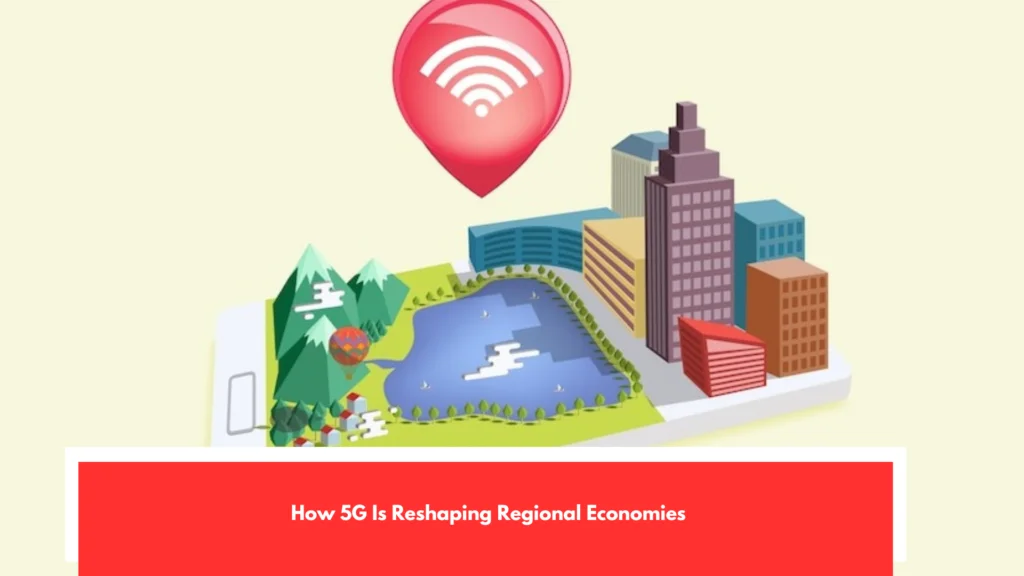Central America is on the brink of the digitalization process, and 5G implementation is a core element in it. The 5G Americas Usage Report says that around 127 million connections of 5G are expected in the Latin America and Caribbean region in 2024 and up to 501 million in 2028. Such a deployment will allow integrating new technologies, like big data, artificial intelligence (AI), and Internet of Things (IoT), which is a key aspect of how 5G is reshaping regional economies.
Which can precondition the increase of productivity, increase demand in technological products and services, and boost the development of other sectors and their attraction of foreign direct investment (FDI). In order to do this, the countries in Central America have to strive to come up with agendas that will help close the digital divide and place them in a competitive position against the other parts of the world. Independently.
So, where will 5G take us?

The IDB reports that on average 84 percent of the population in Organization for Economic Cooperation and Development (OECD) countries is connected to the net and in Central America, Panama and the Dominican Republic (CAPARD) it is only 47 percent and this number, according to a 2020 IDB report may lead to problems and challenges that have not been resolved, especially because of what is called the infrastructure and broadband deficit. To promote a rapid and efficient growth of mobile 5G networks, vertical markets will have to invest in critical infrastructures.
Which include cooling systems to eliminate heat to enable uninterrupted operations, remote monitoring and management of 5G technologies as well as power technologies that reduce energy wastage and minimize environmental degradation. The tackling of the issues regarding infrastructure and broadband will speed the implementation.
5G unlocks the India potential

Of the 5G and contribute to the digitalization that Central America requires. This will facilitate tools that have the potential of increasing the capacity of the region to contribute to the production of a productive environment that can generate livelihoods, give better chances to the foreign investments and the economy. The 5G service will transform the Latin American mobile market, with 25 percent of the connections in 2027 and more than 50 percent by 2030.
Drawing from the most recent GSMA report. It is interesting to be able to recognize the results of the research The Mobile Economy of Latin America 2025 with striking figures according to the study, now mobile technologies provide more than 8 percent of the region and sustains 2 million positions. The open use of the 5G technology can significantly.
5G use cases Limited by imagination

Affect the growth of this contribution, so in 2030 the mobile sector will contribute 680 billion dollars (8.6 percent of GDP). According to the GSMA, the 2024-2030 investment in the mobile infrastructure will reach up to 90 billion dollars or 7 percent of total investment throughout the world in the sector. Given these figures, it is clear that 5G technology holds transformative potential across sectors such as manufacturing, health care, and agriculture.
This stagnation explains why it is urgently needed to beat the three severe obstacles The GSMA underlines that the removal of the complexity of regulation and the provision of mid-band frequencies at affordable costs represent a sine qua non of the success of 5G in the area. It also emphasizes the need of public-private initiatives to drive digital inclusion particularly in the rural locations and those people who are vulnerable.
Conclusion

A strategy execution of the 5G technology has the potential to increase the GDP growth in the region by 1.2 percentage points every year by this decade and ensure Latin America becomes a core market in the digital transformation of the globe. Quality, and connectivity aptitude and embraces a broad scope of applications in sectors like the telecommunications industry, the manufacturing business, the healthcare sector, and transportation.
The 5G services are emerging as one of the key drivers of digital transformation globally as more people insist on high-speed data and lower latencies associated with low-latency networks. The proliferation of the market of 5G services is making a paradigm shift on the world economy by driving up the pace of digitalization of different sectors.





